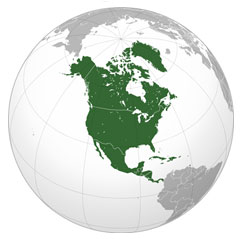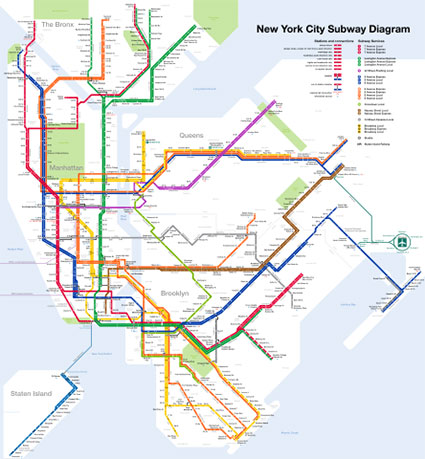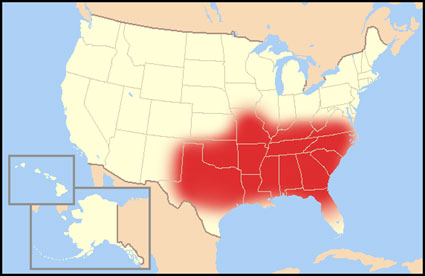
In the previous section, you were introduced to some basic characteristics of a region. In this section, you will learn about the types of regions. The concept of regions can apply to several neighboring countries that share some of the same characteristics, or it can apply to areas within a country. It is also important to understand that one place can be included in more than one region.
There are three types of regions: formal, functional, and perceptual.

Formal Region
A formal region is an area inhabited by people who have one or more characteristics in common. Shared characteristics may be a common language, economic activities, such as a particular crop production, or physical characteristics, such as the climate of an area. Some formal regions have distinct boundaries which make them easy to identify, such as counties or states. Examples of formal regions are Europe, Africa, United States, and Canada.

Functional Region
A functional region is an area organized to function politically, socially, and economically as a single unit. Functional regions are centered on a focal point that connects other areas by various systems, such as transportation, communication, or economic activities. Cities can be considered functional regions because highways, railroads, subways, and buses move people from the suburbs to the central areas of the city. Other examples of functional regions are television signal areas, Wi-Fi hotspots, or pizza delivery areas. The New York City subway system map, illustrated to the right, is another example of a functional region where the subway system functions with the main purpose of moving people between New York City and the outlying boroughs. It also functions as a method of moving people within the city.
Perceptual Region
A perceptual region is based on the shared feelings and attitudes of the people who live in the area. Perceptual regions reflect the cultural identity of the people in the region. The boundaries of perceptual regions are not always distinct, as they may be perceived differently from person to person. Perceptual regions are also called vernacular regions.

The Bible Belt, pictured in the map above, is a perceptual region located primarily in the southern states of the United States. This region is named for the strong religious presence that permeates the culture of the area; there are many Christian and Protestant-based churches throughout the area. The Big Apple (New York City), the Midwest, the South, and New England are other examples of perceptual regions in the United States.
![]() Roll over each region to see its location.
Roll over each region to see its location.
![]() Click on the correct region type (formal, perceptual, or functional) in the chart below to classify each region.
Click on the correct region type (formal, perceptual, or functional) in the chart below to classify each region.
Now that you have learned about formal, functional, and perceptual regions in the United States, use what you have learned to explore regions around the world in the next section.
Source of images used in this section, as they appear top to bottom: